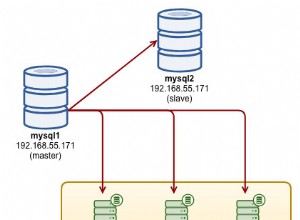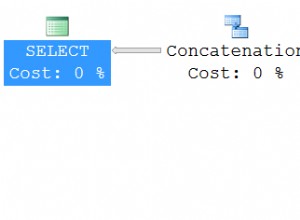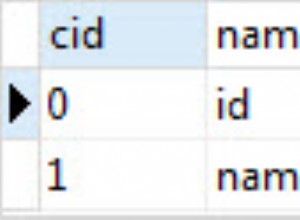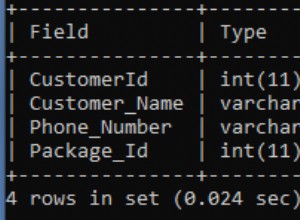En fait, j'avais l'habitude de le faire beaucoup, alors j'ai creusé et trouvé cette fonction que j'ai écrite il y a de nombreuses années dans ce but :
CREATE function [dbo].[fnSplit3](
@parameter varchar(Max) -- the string to split
, @Seperator Varchar(64) -- the string to use as a seperator
)
RETURNS @Items TABLE(
ID INT -- the element number
, item VARCHAR(8000) -- the split-out string element
, OffSet int -- the original offest
--( not entirley accurate if LEN(@Seperator) > 1 because of the Replace() )
)
AS
BEGIN
/*
"Monster" Split in SQL Server 2005; From Jeff Moden, 2008/05/22
BYoung, 2008/06/18: Modified to be a Table-Valued Function
And to handle CL/LF or LF-only line breaks
(Note: making it inline made it slower, not faster)
Test: (scripts all triggers in your database)
Select Lines.Item
From sys.sql_modules M
Join sys.objects O on O.object_id = M.object_id
cross apply dbo.fnSplit1(M.definition, char(13)+char(10)) Lines
Where O.Type = 'TR'
Order by O.create_date, Lines.ID
*/
Declare @Sep char(1)
Set @Sep = char(10) --our seperator character (convenient, doesn't affect performance)
--NOTE: we make the @Sep character LF so that we will automatically
-- parse out rogue LF-only line breaks.
--===== Add start and end seprators to the Parameter so we can handle
-- all the elements the same way
-- Also change the seperator expressions to our seperator
-- character to keep all offsets = 1
SET @Parameter = @Sep+ Replace(@Parameter,@Seperator,@Sep) [email protected]
-- This reduces run-time about 10%
;WITH cteTally AS
(--==== Create a Tally CTE from 1 to whatever the length
-- of the parameter is
SELECT TOP (LEN(@Parameter))
ROW_NUMBER() OVER (ORDER BY t1.ID) AS N
FROM Master.sys.sysColumns t1
CROSS JOIN Master.sys.sysColumns t2
)
INSERT into @Items
SELECT ROW_NUMBER() OVER (ORDER BY N) AS Number,
SUBSTRING(@Parameter, N+1, CHARINDEX(@Sep, @Parameter, N+1)-N-1) AS Value
, N+1
FROM cteTally
WHERE N < LEN(@Parameter)
AND SUBSTRING(@Parameter, N, 1) = @Sep --Notice how we find the seperator
Return
END
Il existe maintenant une version plus rapide, mais celle-ci est toujours plus rapide qu'environ 90% des fonctions de division que vous verrez ici. Si vous consultez l'exemple de test dans les commentaires, c'est presque exactement ce que vous avez demandé.
Select O.name, Lines.Item, Lines.ID As LineNo
From sys.sql_modules M
Join sys.objects O on O.object_id = M.object_id
cross apply dbo.fnSplit1(M.definition, char(13)+char(10)) Lines
Where O.Type = 'P'
And Lines.Item LIKE '%SEARCH_STRING%'
Order by O.name, Lines.ID




